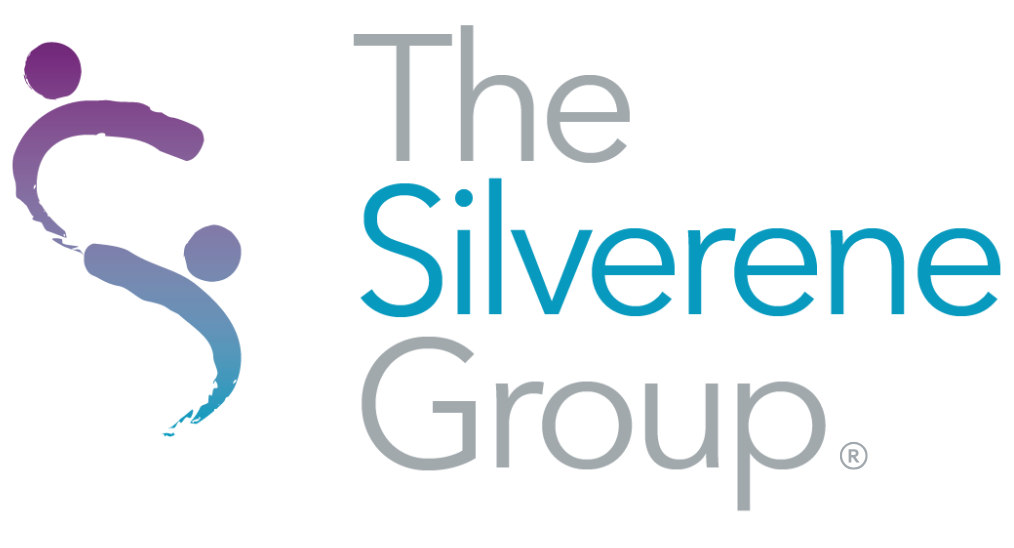
12 May When Good Intentions Aren’t Enough: A Culture Transformation Story
When the leadership team of a 200-person national firm working in nonprofit advocacy, advertising, and media relations first reached out to us, they weren’t asking for a full-blown culture transformation. They were asking for help with turnover.
From the outside, the organization was a beacon of progressive values — committed to justice, equity, and change. Their mission attracted purpose-driven, idealistic talent who believed deeply in the cause. But inside, the seams were coming apart.
Turnover was high. Morale was low. And the majority of the workforce had unionized — a decision born not out of militancy, but out of deep frustration. Leadership and staff relations were tense. “We believe in justice,” one employee told us in a focus group, “but we don’t always practice it here.”
That’s where we came in.
At The Silverene Group, we don’t do band-aids. We do transformation. And transformation starts with listening.
Step One: Listen Deeply — Survey & Assess
Using our S.P.A.R.K.™ Framework for Transformation, we kicked off the process with our Survey & Assess phase. Through confidential interviews, focus groups, and a robust culture survey, we uncovered the unvarnished truth of the employee experience. What we found was stark.
The culture didn’t match the rhetoric.
There were serious gaps between the organization’s values and the lived experiences of its people. A perfectionist mindset stifled psychological safety. Diversity in leadership was lacking, with tokenism showing up in subtle (and not-so-subtle) ways. Communication was inconsistent, compensation practices were opaque and inequitable, and promotions seemed arbitrary.
We anticipated some defensiveness — it’s not easy to hear hard truths. But what we got was outright resistance. Leaders rationalized the feedback. They leaned into intent over impact. Some even questioned the validity of the data.
Still, we knew this was the discomfort that often precedes real change.
Step Two: Create a Bridge — Plan & Design
We didn’t overwhelm them with jargon or judgment. Instead, we invited them into a strategic design process — one that mapped out a future state rooted in their actual values, not just the aspirational ones on their website.
We presented a clear gap analysis between where they were and where they wanted to be — across leadership behaviors, policies, people practices, and structural norms. We also highlighted areas of legal and reputational risk: inequitable compensation, the appearance of favoritism in promotions, and unchecked microaggressions.
To their credit, they nodded. They listened. They agreed to… think about it.
Then they did what many organizations do when faced with the enormity of change: not much. A few performative gestures. Some nice internal comms. But no meaningful movement.
The Breaking Point
Six months later, the call came.
Key leaders had resigned. Employee trust had plummeted further. And the organization had reached a breaking point. “We need help,” they said. “Real help.”
This time, they meant it.
Step Three: Activate & Implement — For Real
Back at the table, we revisited the roadmap we’d co-designed — only now, they were ready to walk it.
They started with structure. The managing partner stepped down. Other problematic leaders either resigned or were reassigned. An experienced, external CEO was brought in — someone with the emotional intelligence and operational savvy to lead in alignment with the organization’s mission and values.
Next, they tackled behavior. We launched team coaching engagements to help the leadership team break through perfectionism, build trust, and develop new norms around accountability and feedback. No more “brilliant jerks.” No more ivory tower decision-making.
We introduced regular pulse surveys — and this time, leaders didn’t just look at the results. They shared them with staff and made visible commitments to change.
They hired a Senior VP of Diversity and Inclusion — not as a figurehead, but as a true member of the senior leadership team with budget, authority, and a mandate for progress.
And they made tough decisions — from revamping their compensation structure to rethinking their criteria for promotion. Transparency, equity, and clarity became non-negotiables.
Step Four: Reinforce & Measure
We didn’t leave them hanging after the launch. Through ongoing measurement and coaching, we’ve continued to track impact. Turnover is down. Retention of underrepresented staff is up. Union relations, while still active, have significantly improved — from adversarial to constructive. The leadership team continues to evolve, and most importantly, they’ve learned to *listen* — without defensiveness, without excuse, without delay.
Culture change isn’t instant. It’s iterative. But this organization is proof that even deeply embedded issues can be untangled with courage, humility, and the right roadmap.
Step Five: Keep the Momentum
wThis is where most change efforts fall apart. But not here. With ongoing coaching, regular measurement, and leadership committed to continuous evolution, they’ve managed to not only keep the momentum — they’ve built on it. Their culture is now seen as a strategic driver of performance and impact — not just a soft, side project.
Why the S.P.A.R.K.™ Framework Works
What makes S.P.A.R.K.™ different? It’s not just a process — it’s a philosophy. It’s built on the belief that culture drives performance, and that meaningful transformation happens when people are engaged, empowered, and aligned around a shared vision.
Our methodology is designed to:
◦ Boost Performance: Align your culture with strategic goals to unlock your team’s full potential.
◦ Accelerate Alignment: Ensure everyone across the organization is moving in the same direction.
◦ Amplify Impact: Build a values-aligned workplace that resonates with employees and customers alike.
◦ Fuel Profits: Drive bottom-line impact by increasing innovation, productivity, and retention.
Whether you’re facing stalled growth, disengaged teams, or a misaligned culture, the S.P.A.R.K.™ Framework provides a structured, strategic path forward. We help you turn culture into your competitive advantage — igniting purpose, performance, and people-driven progress every step of the way.If you’re ready to spark transformation in your organization, we’re ready to help. Schedule a consultation here to learn more.
Image Credit: Alena Shekhovtsova from Corelens via Canva




